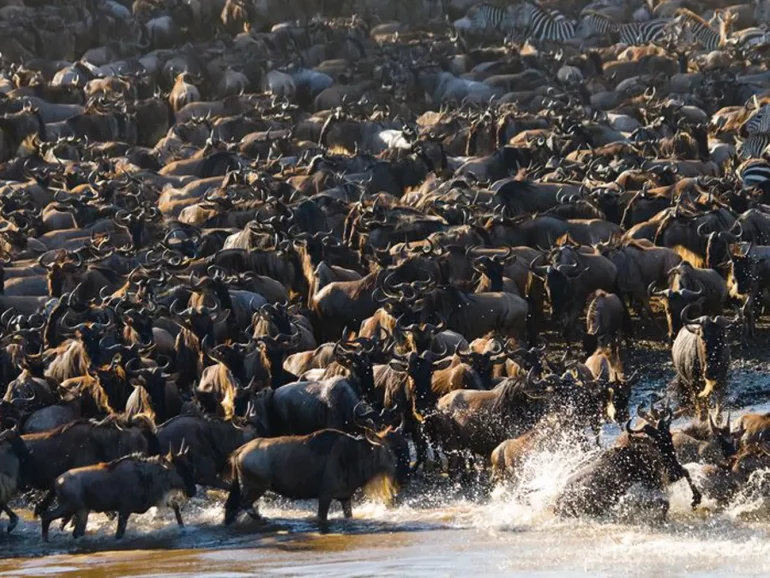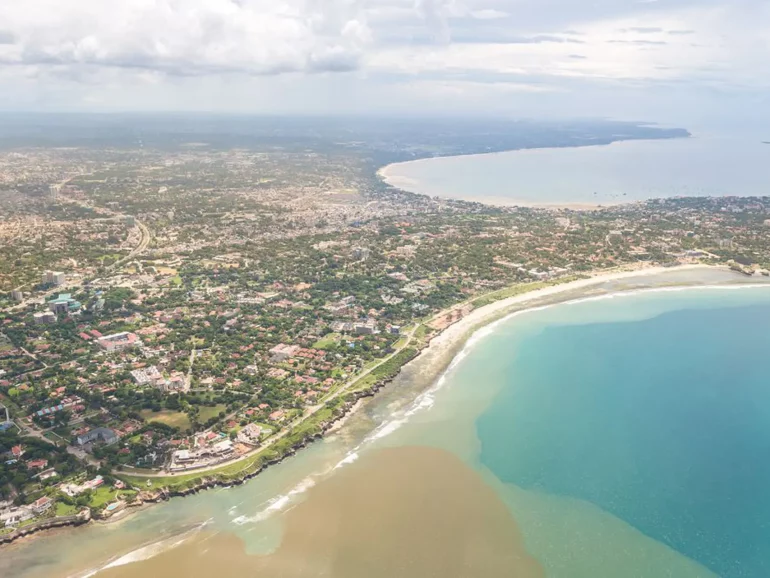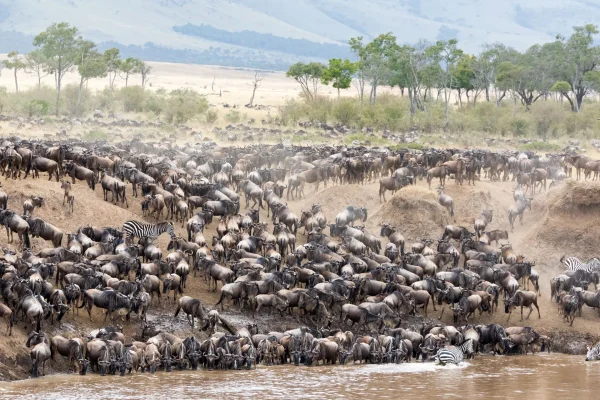
Tanzania is one of the best countries in Africa for photography safari holidays in Africa. It is not always simple to capture the perfect shot, but you may still have the best landscape photos. From the endless plains of the Serengeti National Park, one of Africa’s most enchanting safari areas, to the annual circular migration of wildebeest, this Tanzania photographic safari can be organized during the migration season river crossings, which typically begin in June and end in October, or during the calving seasons, which begin in February.
You will be picked up from Ndutu Airstrip in Serengeti North National Park on arrival from Arusha for a full day game drive. Lunch will be at the beautiful migration camp, with an evening game drive and overnight stay at the camp. The park is well known for its healthy stock of other resident wildlife, particularly the “big five,” named for the five most prized trophies taken by hunters: Lion: The Serengeti is believed to hold the largest population of lions in Africa due in part to the abundance of prey species. More than 3,000 lions live in this ecosystem. African Leopard: these reclusive predators are commonly seen in the Seronera region but are present throughout the national park, with the population at around 1,000. African Elephant.
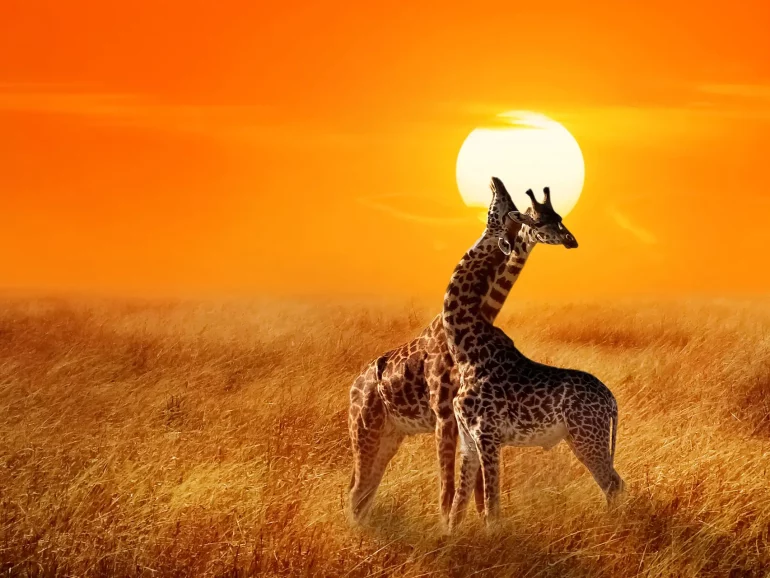


After breakfast at the camp, a full day of game viewing in the Ndutu Area for the wildebeest migration viewing at a big lake Ndutu with lunch saved for the evening, back to the camp for dinner and overnight. Lake Ndutu is alkaline like most of the other Rift lakes. The water is still drinkable and used by a wide array of local wildlife. Late afternoon game drive in the Ndutu area The majority of the wildebeest migration can normally be found on the short-grass plains from December to April. The area is usually heavily populated with elephants, birds, and resident game.
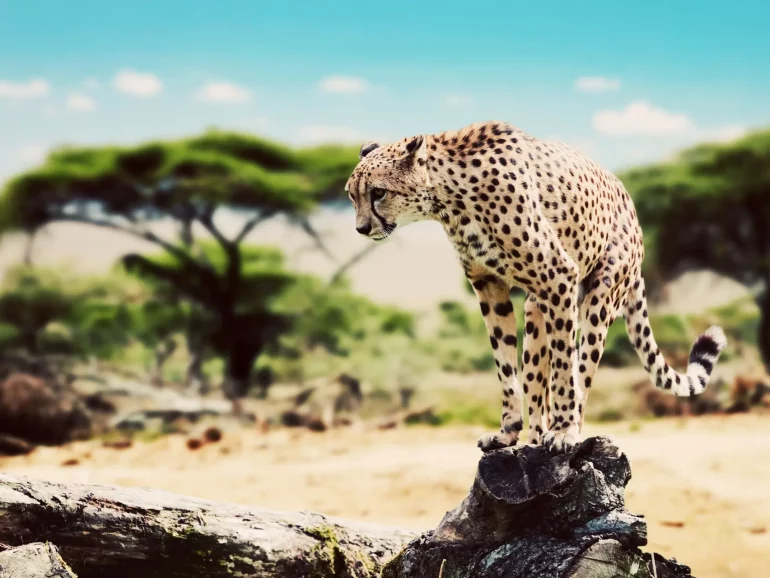

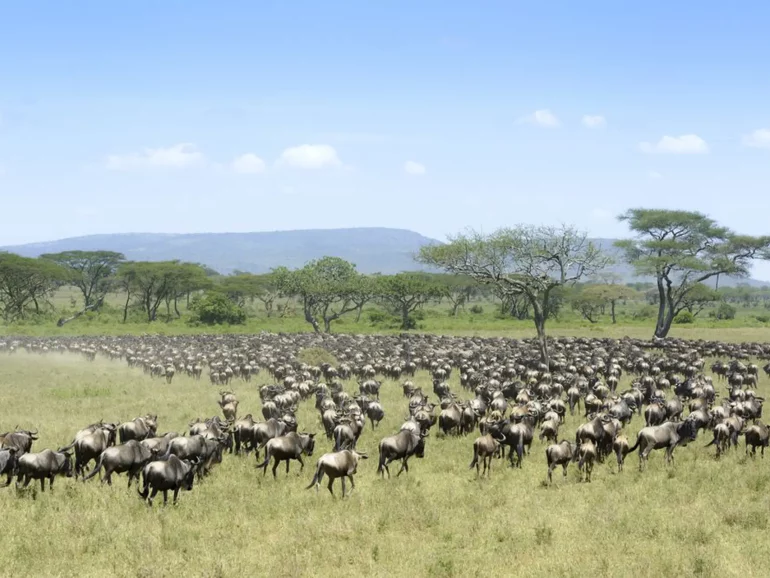
After breakfast, a full day game drive in Ndutu viewing migration in the evening drive to the camp for dinner and overnight. Accommodation: Enkutoto Migration Camp
The Lake Ndutu area is situated in the Ngorongoro conservation area, part of the southern Serengeti eco-system. Lake Ndutu is alkaline like most of the other Rift lakes. The water is still drinkable and used by a wide array of local wildlife. The majority of the wildebeest migration can normally be found on the short-grass plains from December to April. The area is usually heavily populated with elephants, birds, and resident game.

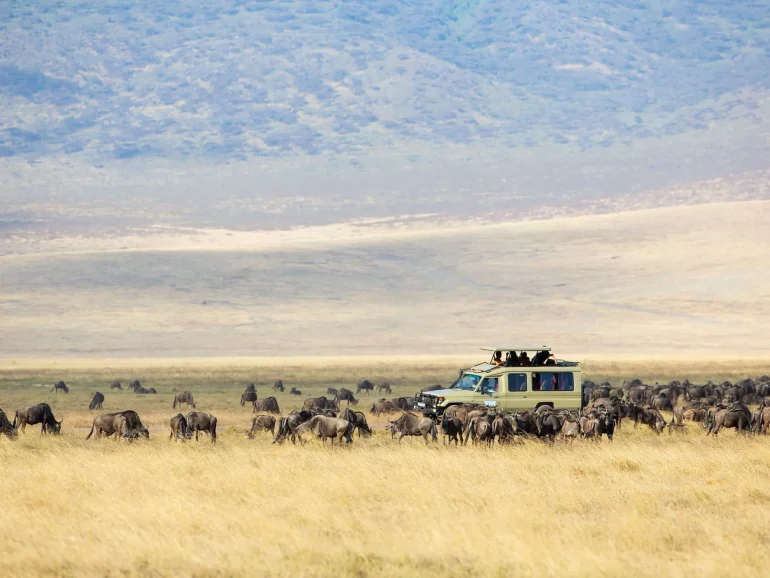
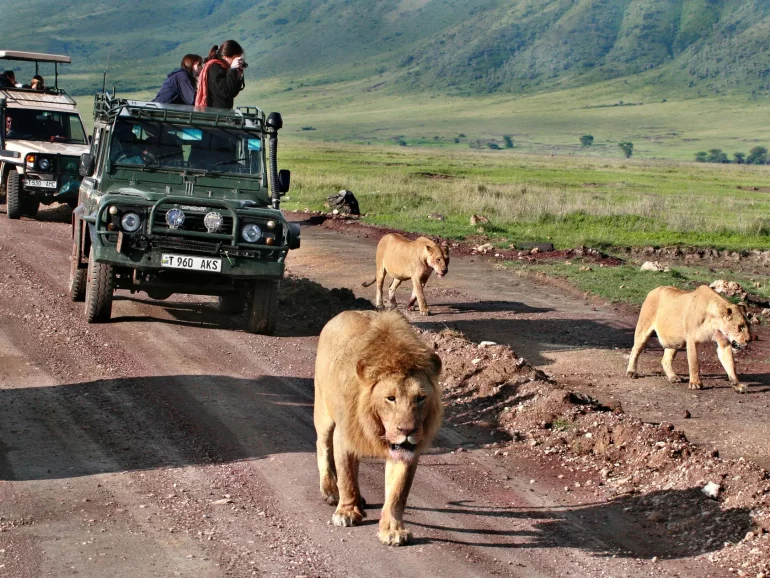
Evening game drive back to camp for dinner and an overnight stay. Accommodation: Enkutoto Migration Camp
In the wilderness, tracking the great migration trails A thorough explanation of this great world event that Tanzania is proud of will be provided. And in the evening, as the sun goes down, Tanzania’s oldest and most popular national park, also a world heritage site and recently proclaimed a 7th worldwide wonder, the Serengeti, is famed for its annual migration.
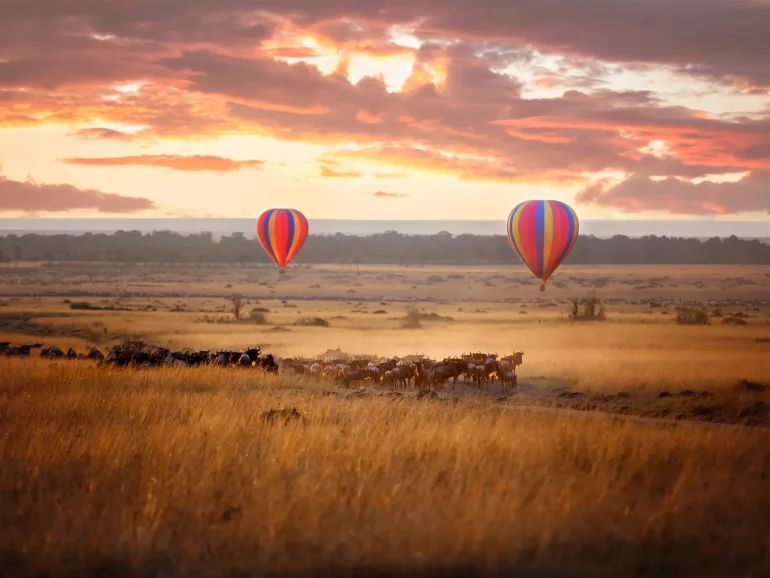
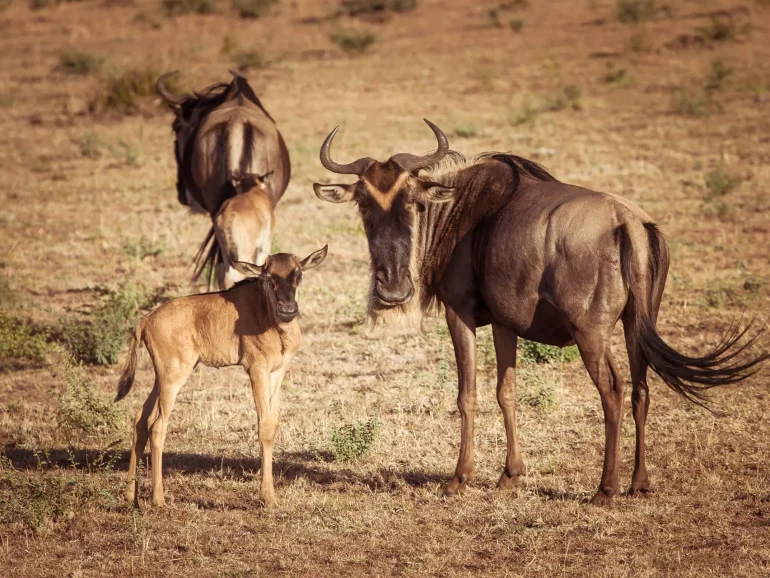
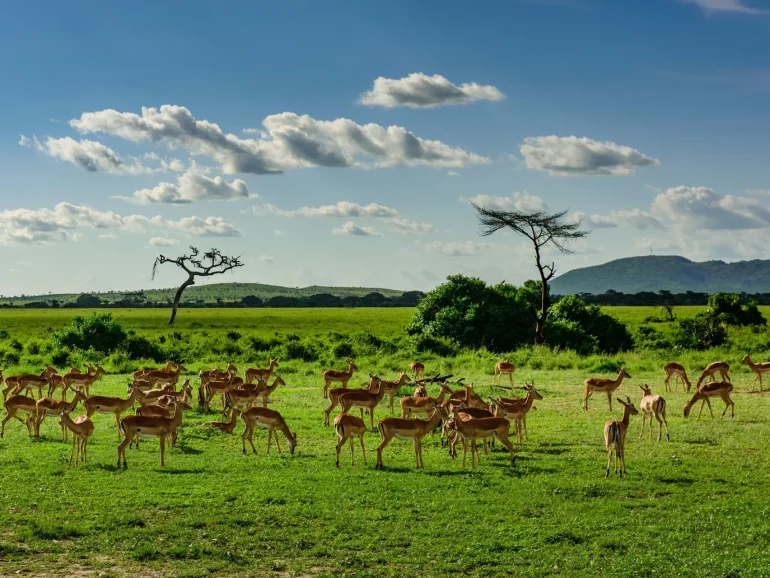
Breakfast at the camp following a morning last chance game drive with route transfer to Ndutu airstrip for your flight back to Arusha.
A million wildebeest… each one driven by the same ancient rhythm, fulfilling its instinctive role in the inescapable cycle of life: a frenzied three-week bout of territorial conquests and mating; survival of the fittest as 40km (25 mile) long columns plunge through crocodile-infested waters on the annual exodus north; replenishing the species in a brief population explosion that produces more than 8,000 calves daily before the 1,000 km (600 mile) pilgrimage begins again.
